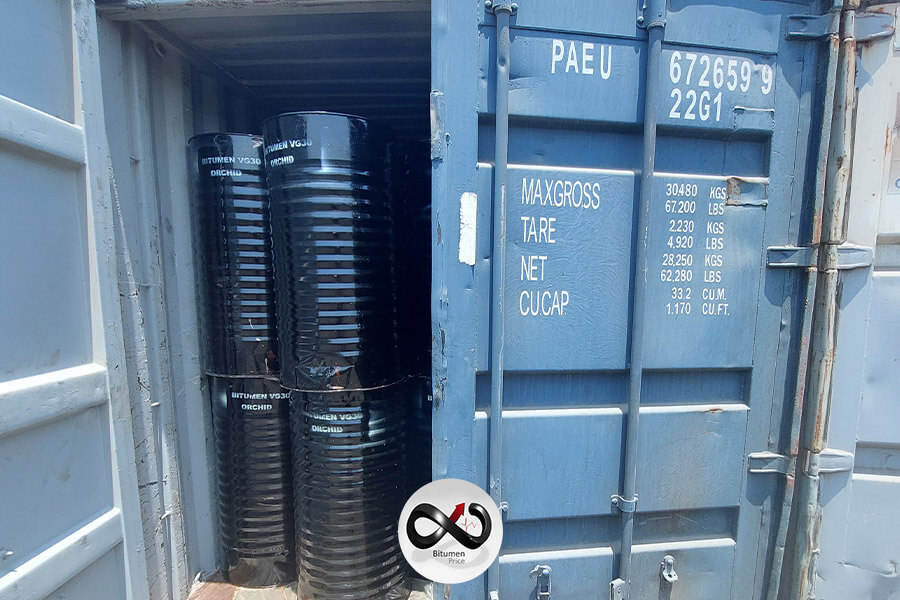
Weekly bitumen report: Iran Refineries Compete for Vacuum Bottom Purchases as the Monsoon ends
The US Federal Reserve raised interest rates to contain inflation. Inflation in the US is decreasing, while in the Eurozone, it has dropped to its lowest level in 16 months.
The Federal Reserve of the United States raised interest rates to their highest level in two decades on July 26, in an effort to contain inflation. The range of interest rates has since narrowed to 5.25-5.5%. The inflation rate in the United States has been steadily decreasing for the past twelve months, currently hovering around 3%, and the interest rate has risen by approximately 5% from near-zero. In the Eurozone, Eurostat has reported that the inflation rate has dropped to its lowest level in the past 16 months.
Despite the Federal Reserve’s decision to raise interest rates in response to the Energy Information Administration’s (EIA) report of a decrease in oil and fuel stocks, Brent crude oil and West Texas Intermediate (WTI) continued to rise, indicating that the surge in oil prices was sustained. After a period of stagnation, the worries about supply disruptions and optimism about an improvement in the economic situation of China have caused global oil prices to rise to above 80 USD, reinforcing the bullish sentiment that has been building in oil markets for weeks. It appears that most analysts anticipate that supply constraints will lead to a further increase in oil prices.
The latest report from Argus indicates that the local price of bitumen in Singapore has risen to over 500 USD on July 26, with an average increase of 19 USD since Monday 24 July. Meanwhile, bitumen was traded at 450 USD in Singapore and 395 USD in South Korea. In Europe, the price of bitumen has increased further compared to the preceding week, with a rise of approximately 20 USD in Europe and 410 USD in Bahrain. However, further increases in crude oil prices are contingent upon the further improvement of the economic situation in China.
Bitumen prices fluctuations in the Middle Eastern countries
In India, four sharp drops in the price of bitumen and its stability were observed on July 15, and it is reported that a rise of 20 USD is expected to occur on August 1. In Iran, refineries have been competing for vacuum bottom purchases, with an increase of 10% in the base price and relative stability of the USD against the Iranian Rial. Consequently, bitumen prices in Iran have risen by more than 50 USD in the past 21 days. As the end of the monsoon season and its correlation with the increase in oil prices approach, it appears that the export market for bitumen may be more promising in August and September.
This article was prepared by Shirin Yousefi, the Content specialist and market analyst of Infinity Galaxy